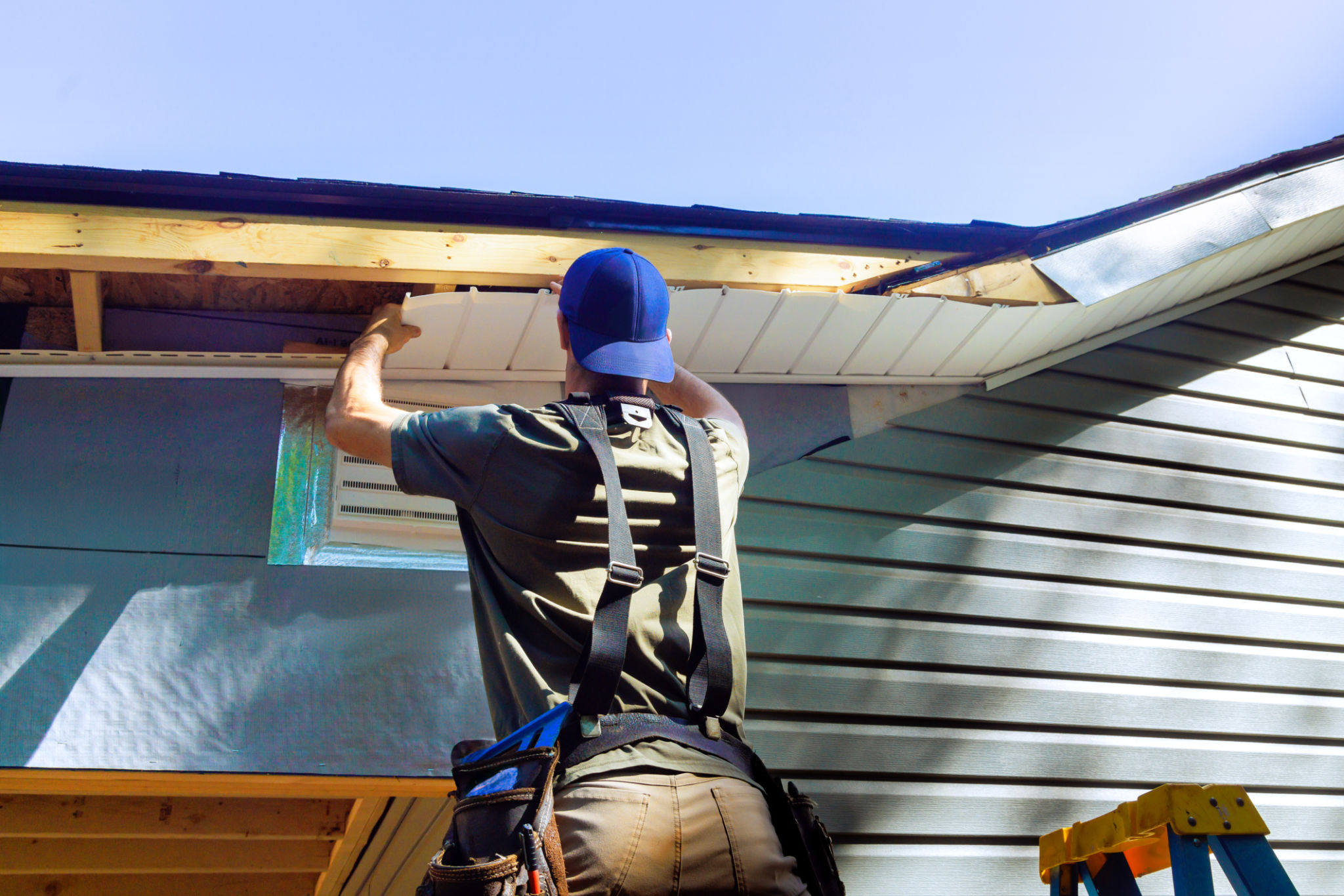Seasonal Pressure Washing Tips: Preparing Your Austin Home for Spring
Why Pressure Washing is Essential in Spring
Spring in Austin is a time of renewal and rejuvenation, making it the perfect season to focus on home maintenance. One essential task is pressure washing, which helps remove the grime and dirt accumulated over the winter months. By cleaning your exterior surfaces, you not only enhance your home's curb appeal but also prevent potential damage caused by mold and mildew.
Pressure washing can effectively clean various surfaces, including driveways, sidewalks, decks, and siding. This process not only improves aesthetics but also prolongs the life of these surfaces by removing harmful contaminants. As you prepare your home for the warmer months, consider this essential step to keep your property in top shape.

Tools and Equipment Needed
Before you begin pressure washing, ensure you have the right tools and equipment. A high-quality pressure washer is a must, and you can choose between electric and gas-powered models. For most residential purposes, an electric pressure washer should suffice. Additionally, you'll need a variety of nozzles to adjust the water pressure for different surfaces.
Make sure to invest in protective gear, such as gloves and goggles, to keep yourself safe during the process. It's also wise to have a few cleaning solutions on hand for tackling stubborn stains or areas with significant mold or mildew buildup.

Preparing Your Home for Pressure Washing
Proper preparation is key to a successful pressure washing session. Begin by clearing the area of any obstacles, such as outdoor furniture, potted plants, or decorations. This ensures you have easy access to all surfaces that need cleaning.
Next, inspect the surfaces for any signs of damage, such as cracks or loose paint. Address these issues before pressure washing to prevent further damage. Additionally, cover delicate plants and electrical outlets with plastic sheeting to protect them from high-pressure water.
Pressure Washing Tips for Different Surfaces
Different surfaces require different approaches when it comes to pressure washing. For example, concrete driveways can handle higher pressure settings, whereas wood decks require a gentler touch to avoid damage. Use a fan-tip nozzle for wood surfaces and maintain a safe distance to prevent gouging.
For siding, start from the bottom and work your way up to avoid streaks. Be cautious with older homes, as high pressure can damage paint or siding materials. Adjust the pressure accordingly and test on a small area before proceeding with the entire surface.

Safety Precautions During Pressure Washing
While pressure washing is highly effective, it can be hazardous if not done carefully. Always direct the spray away from people and pets, and avoid pointing it at yourself. Wear appropriate footwear with good grip to prevent slipping on wet surfaces.
Be aware of electrical hazards when working near outlets or electrical fixtures. Keep your equipment in good condition and check all connections before starting. If you're unsure about handling certain areas or surfaces, consider hiring a professional to ensure safety and effectiveness.
Maintaining Results Throughout Spring
After completing your pressure washing tasks, maintain the cleanliness by regularly sweeping debris and rinsing surfaces with a garden hose as needed. This will keep dirt from accumulating too quickly and make future cleanings easier.
Consider setting up a regular cleaning schedule throughout the spring and summer months. By staying proactive with maintenance tasks, you'll preserve the appearance and integrity of your home's exterior for years to come.
